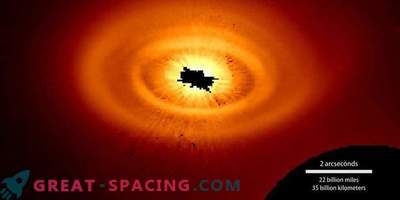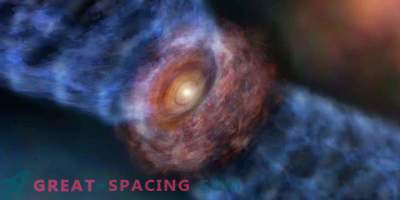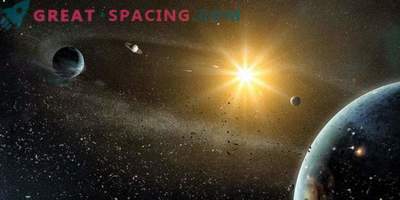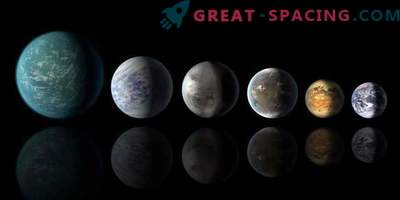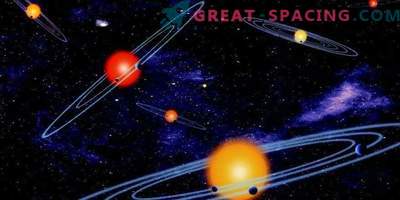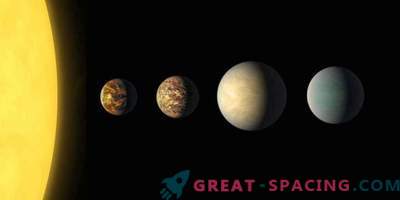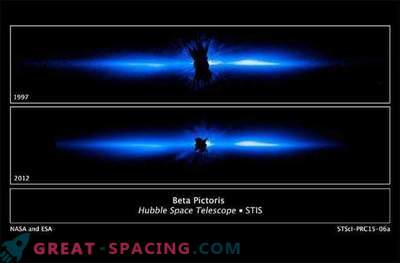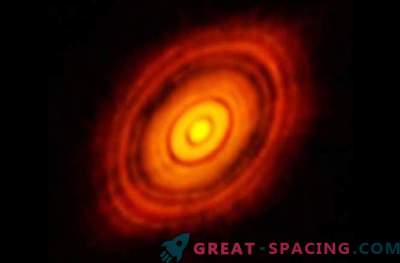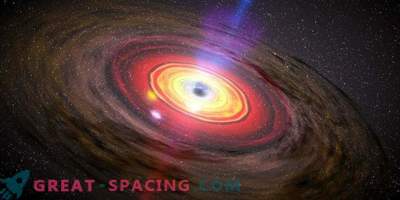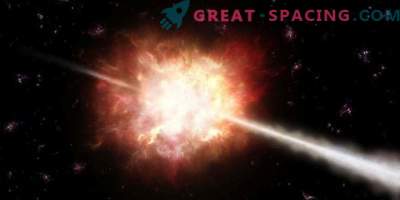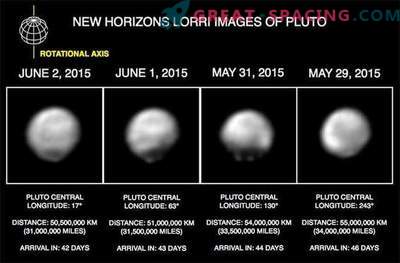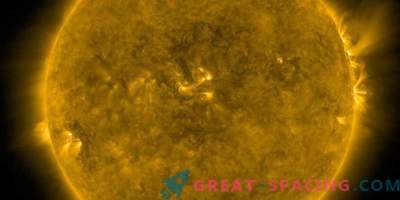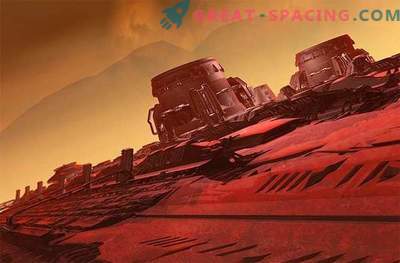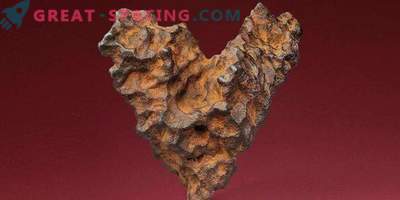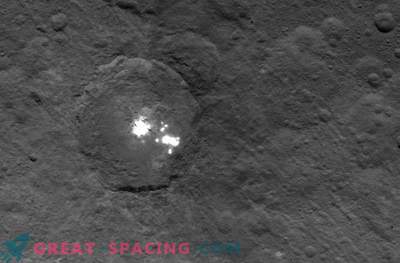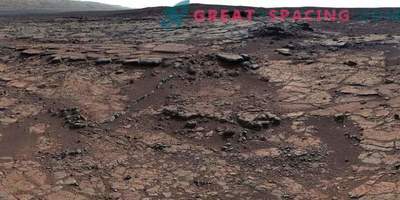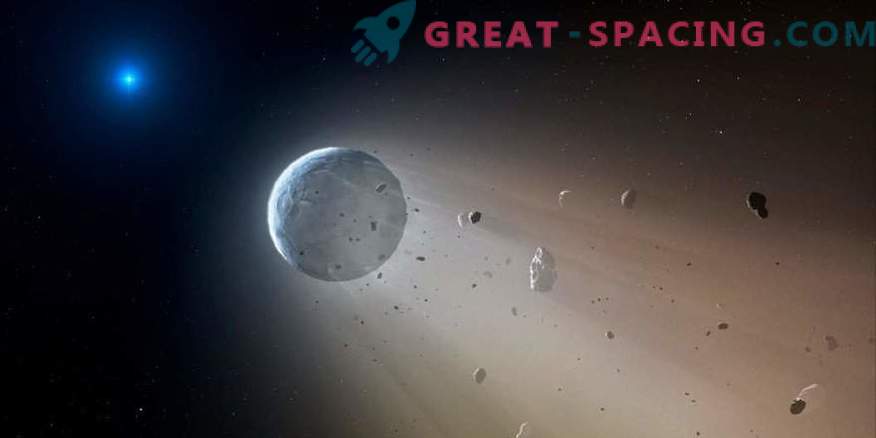
The artistic vision of K2-22b. This exoplanet, slightly inferior in size to Neptune. Scientists believe that the world is in a decaying state and contains fragments and dust streaks.
In recent years, the process of searching for exoplanets has brought many surprises. One of them was the discovery of "disintegrating" worlds. These are planets that create asymmetrical shapes in the dips of light curves when they pass against their stars. It is believed that the asymmetry appears from the tails of the dusty material created by the collapse of the planet.
Now there are only three such planets around the main sequence stars. One of them is K2-22b. The lists of exoplanets include more than 3,800 confirmed worlds, which means that disintegrating planets should be rare or with a short life span. Such systems are carefully studied to understand the process of birth and evolution. In addition, it is important to investigate the characteristics of the grains in the dust tails. For the K2-22 system, 45 ground observations were organized. K2-22b - Neptune-sized exoplanet circling the star in 9 hours. It looks unusual because it exhibits a tail and a trailing dust trail. Reviews included observation of transits at several wavelengths. Scientists wanted to use color to characterize the size or composition of dust grains. But only one transit event was an exception to the overall picture.
Researchers have also confirmed changes in transit routes, pointing to the rapid evolution of dust tails. It is also noted that this variability concerns all three planets that come across, and the transformation of the form is observed on all time scales. Scientists will continue to conduct continuous observations to solve the riddle of dust tails and decaying planets.

